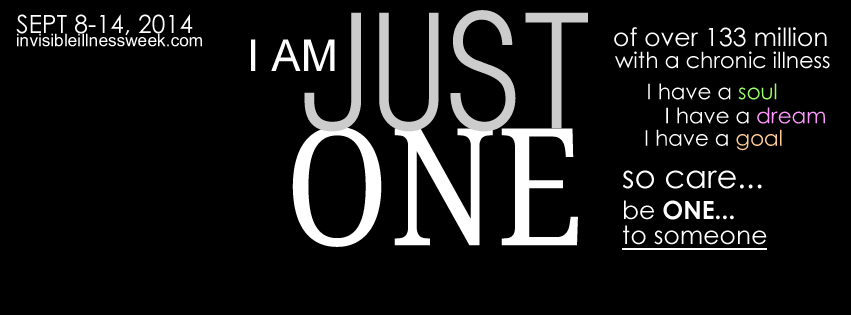Despite my terrible experience last week, most of my experiences with doctors have been excellent. After such a negative post, I want to highlight some of the great doctors I’ve encountered.
There’s the doctor who held my hand, looked me in the eye and told me she’d never give up on me. That was nearly five years ago and I still tear up when I think of it. Her kindness and sincere desire to help were a beacon of hope when I was at rock bottom.
When I moved back to Phoenix, I saw a new headache specialist who spent two hours listening to my migraine history. Two. Hours. He seemed genuinely interested and didn’t talk about a treatment plan until he knew my entire story. He helped me piece together my history and see that my childhood illnesses were very likely migraine attacks with little or no head pain. The treatment plan he came up with was comprehensive and addressed all of my needs.
For a while I was seeing my current headache specialist and another concurrently. The secondary specialist started me on Lyrica and it caused me to have suicidal thoughts. That was the last straw for anticonvulsants for me, but that doctor still pushed me to try Topamax. My current specialist understood my reluctance and has never again suggested I try an anticonvulsant.
When I told my headache specialist how helpful DAO has been for me, he was thrilled for me. He didn’t care that it’s not a scientifically proven treatment, nor did he care that he wasn’t the one to tell me about the treatment, he was just happy that I’ve finally found some relief.
Those are the some of the biggest moments, but there are so many little things that add up to feeling like I’m well cared for:
- Being listened to
- Acknowledgement that my symptoms are both real and debilitating
- Being honest when they’ve reached the limits of their knowledge
- Not telling me they know exactly the treatment that will do the trick
- Not encouraging me to retry medications that I’ve had severe side effects from
- Asking if I want to have children (I don’t, but if I did, it would affect my treatment in numerous ways)
- Having respect for my writing about migraine (they don’t have to read it, but I do want them to acknowledge there’s value in it)
Last week’s doctor failed on every one of those counts (and I actually wrote the list months ago), but most of the doctors I’ve seen shine on all points. I’m tremendously thankful for the incredible care I’ve received from headache specialists.


